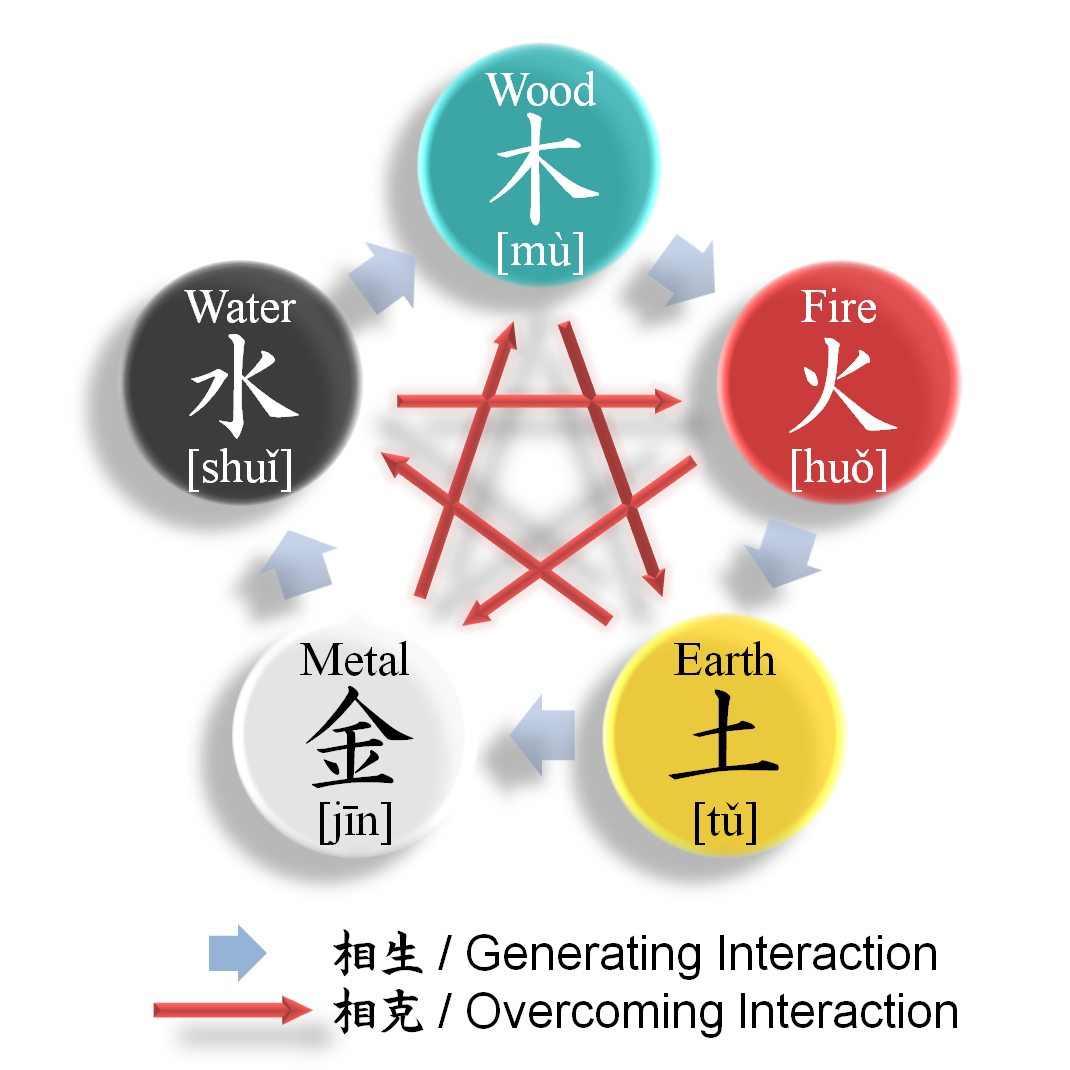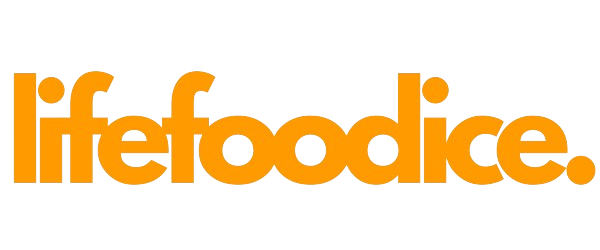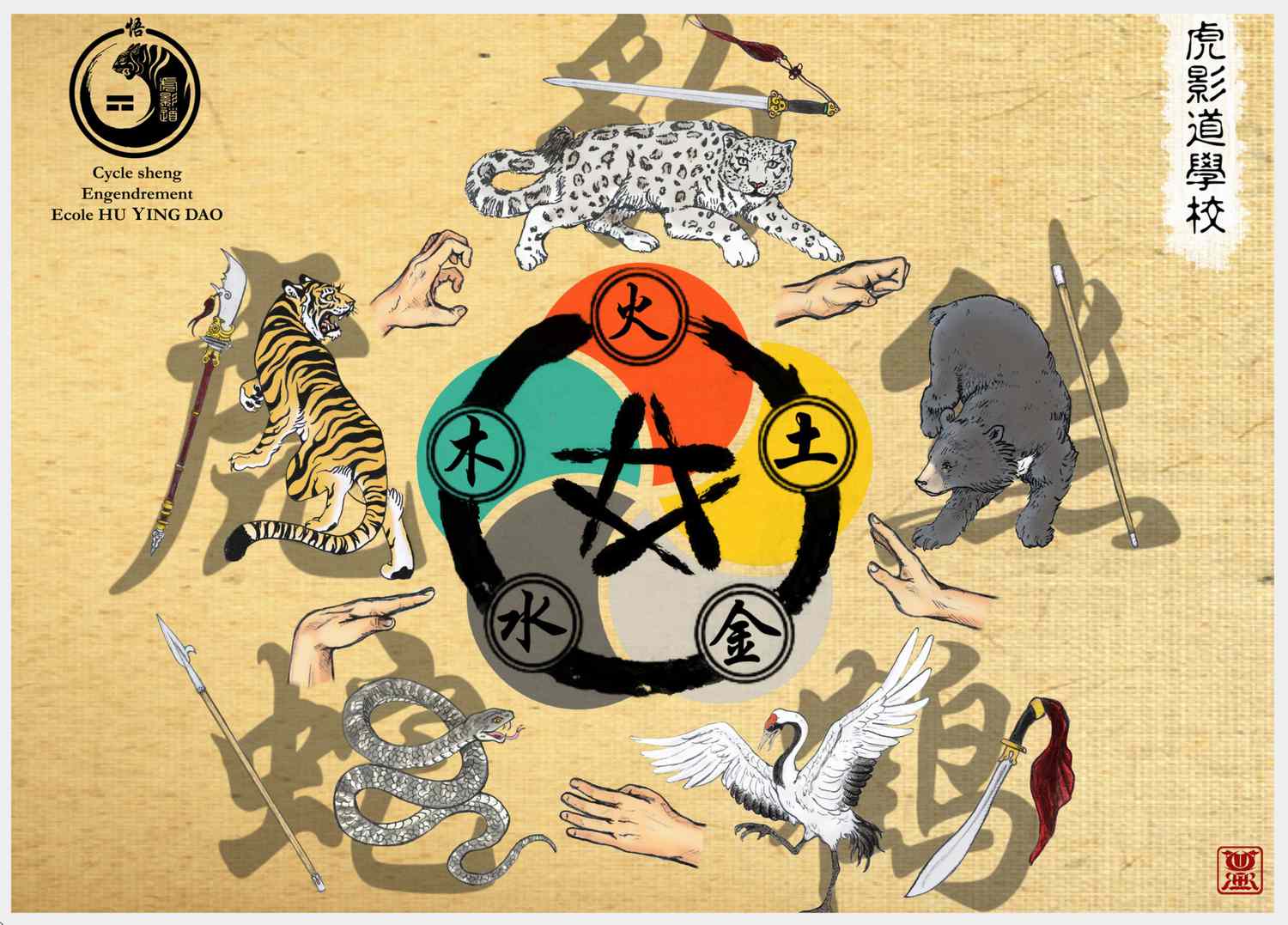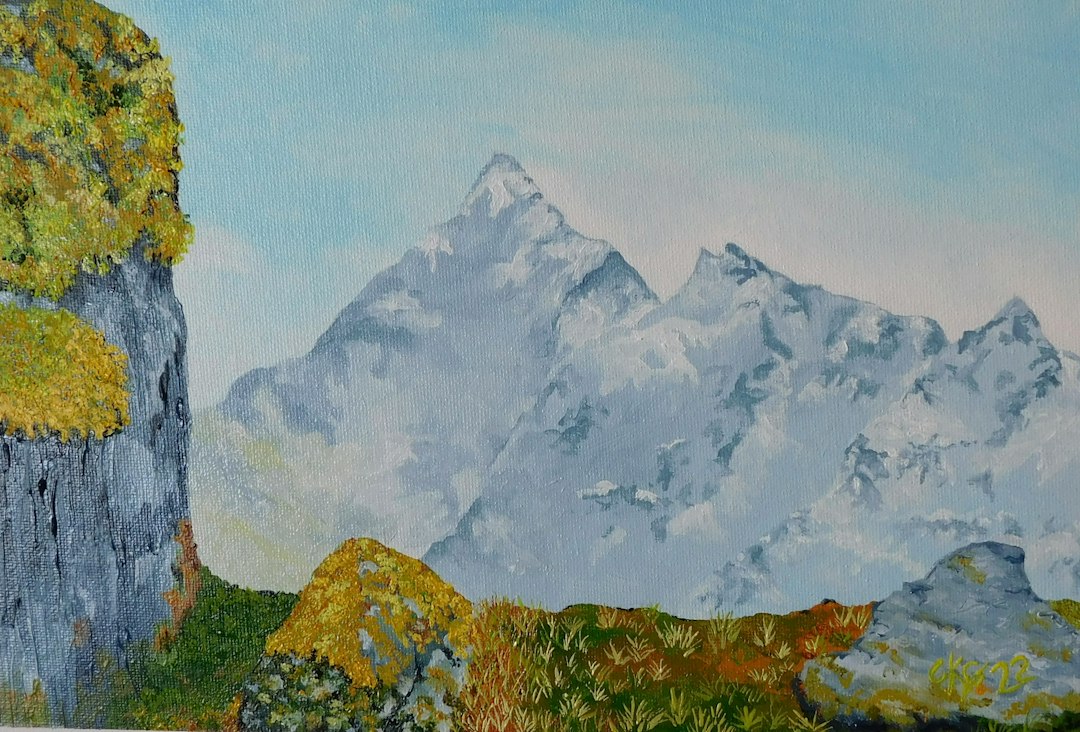Chinese astrology has been around for thousands of years, providing guidance and wisdom to people seeking to understand themselves and their place in the world. A key component of Chinese astrology are the elements – wood, fire, earth, metal and water. Your elemental sign, determined by your birth year, offers profound insights into your personality, compatibility, strengths, weaknesses and more.
In this ultimate guide for beginners we’ll cover everything you need to know about Chinese astrology elements. We’ll also answer some commonly asked questions about the Chinese zodiac elements to give you an all-encompassing introductory education. Let’s dive in!
What Are the 5 Chinese Astrology Elements?
Chinese astrology elements are the foundation of the entire system of Chinese metaphysics. The elements work together in complex yet harmonious ways to help create balance and stability.
The five elements are wood, fire, earth, metal and water. They each have unique attributes and are represented in nature by their element and metaphorically as characters throughout Chinese philosophy.
The elements form two cycles of balance known as a “generative” or “creation” cycle and a “destructive” or “control” cycle. We’ll cover both of these cycles shortly. First let’s briefly overview what each of the five elements represent both literally and symbolically.
WOOD
Wood represents nature like trees, forests and plants. It’s associated with creativity, expansion, growth and vitality. Imagine the vibrant expansion of spring vegetation to fully encompass all that the wood element symbolizes.
FIRE
Fire represents flames, summer heat, passion and expansive change. Both fire and wood fuel growth, passion and new beginnings through transformative heat or creative vitality.
EARTH
Earth grounds us in practicality, stability, tradition and nourishment. Its unwavering dependability provides guidance through transitions that bookend cycles of rapid expansion.
METAL
Metal moves energy like blades that cut or minerals that conduct. It has sharp, clear and persisting qualities can strengthen or damage. Metal brings truth through purity like gold refined by flame.
WATER
Water flows to fill any vessel, readily adapting to the form containing it. Like water we too exhibit permeability allowing external factors to permeate our being and shape who we are.
Now that you understand the literal and symbolic representations of each element, let’s look at how they interact through cycles of creation and destruction.
Cycles of Harmony and Destruction Between the Elements

The elements form two cycles – one creative, one destructive. Both cycles are essential for balance across the universe, environments, societies and our inner world.
The creative cycle flows as follows: wood feeds fire, fire creates earth (like volcanic ash), earth contains metal, metal enriches water (like mineral supplements), water nourishes wood. This cycle allows each element to support the next.
The cycle of destruction or control flows differently: Wood penetrates Earth by plants Growing roots, Earth absorbs Water in rivers and oceans, Water puts out Fire as the opposing element, Fire melts Metal as in a blacksmith’s forge, Metal chops Wood in an axe. This cycle ensures no one element gains dominance over others to undermine equilibrium across elements.
Understanding these cycles is crucial because your elemental sign dictates compatibility while also unveiling creative partnerships or destructive tendencies between you and others.
Up next we’ll look closer at how your Chinese zodiac element influences your personality, temperament, strengths and weaknesses.
How Chinese Astrology Elements Influence Personality Traits
Your Chinese horoscope element has a profound impact on your outlook, values, habits and character archetype. People may exhibit traits influenced by multiple elements, however your ruling element created at birth provides defining qualities you’ll resonate with.
Let’s break down the personality traits, strengths and weaknesses associated with each element:
WOOD ELEMENT PERSONALITY TRAITS
Positive Traits: Creative, expansive, lively, proactive, imaginative, vibrant leadership
Negative Traits: Overconfident, selfish, stubborn, arrogant, unreliable
Strengths: Innovative thinking, enterprising initiative, energetic influence over people through vocal persuasion and diligent drive
Weaknesses: Impatient especially if goals are stalled, controlling through overstepping reasonable boundaries
Wood Archetype: The inventor, pioneer, visionary campaigner who thinks outside the box to create new paradigms through boundless imagination. You need space to grow and follow inspiration where it leads you.
FIRE ELEMENT PERSONALITY TRAITS
Positive Traits: Enthusiastic, confident, motivated, passionate, charismatic
Negative Traits: Aggression, jealousy, impatience, dominating personalities
Strengths: Warm, encouraging leadership galvanizing people towards a common purpose, immense drive and internal vitality
Weaknesses: Burnout, volatility, poor anger management, hyper-competitiveness at expense of ethics
Fire Archetype: The superstar – whether on stage, at the pulpit or in the boardroom – who enthralls audiences and leads causes to transform the world. You believe fiercely in your vision and ability to manifest it.
EARTH ELEMENT PERSONALITY TRAITS
Positive Traits: Stable, grounded, consistent, detailed, materially oriented
Negative Traits: Overly sceptical, rigid thinking, penny-pinching fiscal tightwad
Strengths: Practical advisor who improves systems and nurtures processes towards increased stability and functionality
Weaknesses: Gets stuck overanalysing without meaningful progress, often stubbornly reiterates same counterproductive patterns
Earth Archetype: The builder who cultivates slowly, steadily and assuredly. You focus on foundational fundamentals often related to health, wealth and functional daily habits.
METAL ELEMENT PERSONALITY TRAITS
Positive Traits: Precise, principled, courageous, disciplined, exemplary leadership
Negative Traits: Judgmental, inflexible opinions, cold and unempathetic perspective
Strengths: Cutting directly to difficult inner truths without sugar-coating, strategic clarity of complex organizational operations
Weaknesses: Alienation from overly harsh critique and standards belying emotional needs of community members
Metal Archetype: The dignified executor and judge who clarifies objectives and implements strategic action plans with firm, equitable expectations backed by personal integrity. You follow the rules and ensure others do too.
WATER ELEMENT PERSONALITY TRAITS
Positive Traits: Emotionally mature, intuitive, imaginative, persuasive, kind-hearted
Negative Traits: Secretive, manipulative, inconsistent, passive-aggression
Strengths: Connecting deeply with people by openly understanding their hidden emotions, creative mastery conveying concepts through artistic expression
Weaknesses: Overly sacrificial to fill other’s needs first, indirect communication disguising and repressing your true feelings
Water Archetype: The counselor, teacher, guide or healer who subtly influences people, environments and circumstances through silent adaptability, compassion and emotional mastery – less through direct action, more through moving with life’s flow.
This covers the key traits of each element. You likely see yourself and those closest to you characterized by certain elements. Up next let’s look at how your element shapes compatibility.
How Your Chinese Zodiac Elements Dictate Compatibility
Your horoscope element – determined by your birth year – provides critical insights into compatibility with friends, partners, colleagues and relatives. Elements forge creative synergy or clashing destruction across relationships.
Generally fire and water astrology signs exhibit strong attraction to each other. Both are deeply emotional signs utilizing intuition over reason so they bond intimately.
However the unpredictability of these primal forces can create volatility. Generally long lasting compatibility arises when grounded stability from earth and metal temper the passionate flames of fire and oceanic tides of water.
Let’s look specifically at compatibilities using creation and destruction cycles:
Wood and Fire: Powerful chemistry especially in business partnerships and romantic love. Shared qualities stoke their flames – vision, confidence and initiation of new ideas. Mutual growth orientation allows both to flourish together long term through consistent challenge to actualize potential, so long as jealousy and competition don’t undermine cooperation.
Wood and Metal: Initially magnetic opposites attract. Metals grounding stability and discipline foster wood’s actualization of brilliant ideas into tangible results. But rigid metal can sever options and suffocate flexibility. Stubborn impatience from fire leads to intractable conflict with firmly held principles of metal. Communication, compromise and managing expectations is key.
Fire and Earth: Balanced pairing where dependability and pragmatism of earth sustainably fuels fire’s passions over the long haul. But earth risks smothering flames with overly cautious risk management and tediousness whereas fire grows impatient with constant reality checks limiting expansion. Maintaining grounded vision cultivation is crucial.
Fire and Water: Intense chemistry at every level of relationship given shared orientation using emotion, intuition and inspiration over practical reason. They profoundly understand each other empathetically. But volatility from mirroring extreme highs and lows undermines stability long term if maturity is lacking to skillfully cool flame’s heat by tempering mood swings with equanimity. Careful communication around triggers and universal values/vision prevents destruction by channeling shared sensitivity effectively.
Fire and Metal: Fire’s passion melts metal’s exterior revealing a depth of caring behind principled rigidity. Fire provides warmth to metal’s cold isolation. But ultimately fire feels confined while metal feels overwhelmed. Core differences in pace, planning and requirement for freedom create unsustainable friction.
Earth and Water: Intimate soulmate pairing where water nourishes earth’s growth while earth provides container for water’s emotions. Together they cultivate understanding, composure and shared dreams grounded in practical planning and steadfast support of each other’s flourishing. But earth struggles understanding water’s inexplicable mood fluctuations while water resents limits to flowing freely. Communicating feelings and collaborating around plans prevents small issues becoming relationship ending.
Metal and Water: Initial attraction between decisive leading force of metal and adaptable influence of water who elicits change through subtle influence by mirroring back truths we avoid. But ultimately rigidity of metal cannot change course with water’s flexibility so metal either limits water’s self expression or water erodes metal’s progress. Power struggles prevail if communication around emotional needs and practical decisions is unclear.
This covers the core compatibility considerations between elements which supplement simpler annual sign insights. Up next we’ll explore the annual rotation and global implications of elements year over year.
How Chinese Zodiac Elements Influence Each Year’s Events
Every year the elements rotate to shape opportunities and challenges globally based on the synergies and volatility produced during interactions with that year’s presiding element.
Elements heighten specific qualities across global events. Wood years spur growth. Fire ignites change. Earth stabilizes progress. Metal clarifies truth. Water flows towards Harmony between diverse groups.
Every element rules two years in each 12 year cycle so each occurs once every 10 years. 2022 was a water tiger year and 2023 arrives as the year of the water rabbit.
Water years intuitively flow towards political correctness and creative harmony across groups through therapeutic emotional dialogue addressing hidden pain permeating society. But they risk suffocating dissenters who disrupt their egalitarian idealism.
The previous wood year of Tiger in 2010 and 2022 spurred dynamic growth, empowered supervision silencing dissent and prioritized environmental agendas. The unpredictability of wood tiger brought volatile progress in 2010 through information technology breakthroughs like the iPad and onset of the Arab Spring protests. 2022’s wood tiger year similarly made unpredictable innovative progress while suppressing those who disrupt this growth like oligarchs or activists challenging expanded government authority.
Fire years set the stage for economic volatility but widespread transformation. After the cataclysmic fire horse year of 2026 we enter 2027’s year of the fire sheep which previously devastated markets during the Great Recession of 2007. But fire years equally forge momentum for social change so 2027 may prove a pivotal time where people demand leaders address economic disparity in the wake of financial sectors enrichment.
Up next we’ll answer some frequently asked questions about Chinese astrology elements to supplement the core concepts you now grasp.
What element am I based on my birth year?
You can determine your element using this list of elements by year of birth:
- Wood: 1974, 1994, 2014
- Fire: 1976, 1996, 2016
- Earth: 1977, 1997, 2017
- Metal: 1980, 2000, 2020
- Water: 1982, 1992, 2002, 2012
How do you calculate your element and why does it switch years?
Unlike the 12 static animals of the Chinese zodiac’s lunar calendar, your element is dictated by two cycles – a 10 year cycle of elements and a separate 12 year cycle of animals.
Every year has an element and an animal. 2023 is the year of the Water Rabbit.
But while the animals always cycle predictably from Rat to Pig every 12 years, the elements have an independent 10 year cycle repeating in slightly different years.
So Water comes back every 10 years (1973, 1983, 1993) while 2023 may be a Water year but it’s paired with Rabbit rather than Tiger or Ox like previous Water years over the past two decades.
Do elements dictate personality more than annual zodiac animals?
Elements provide more defining core traits of your character than your yearly animal sign which shapes your outward persona, destiny and compatibility rather than underlying temperament.
For example a Fire Dragon (1976) exhibits the fierce legendary qualities associated with the mythical Dragon legend. But as a Fire sign you possess the elemental hallmarks like passion, leadership charisma and change orientation.
So while being a Dragon suggests what fame or challenges life may pose, your elemental fire sign points to intrinsic orientation to enthusiastically motivate and lead change through courage, heat and inspiration.
Can you have qualities of multiple elements or blended elemental traits?
Yes absolutely. Most people exhibit some blended traits across elements alongside a predominant single element dictated by their birth year.
For example you may be a Wood Horse but with a rising Water sign giving you some Water traits like emotional intelligence and creative flair alongside core Wood attributes like visionary thinking and headstrong leadership initiative.
Or a predominantly Earth Rooster blended with strong Metal qualities of integrity and resilience. These combos create more complex temperaments than singular elements typically account for.
Do elements really influence your compatibility with others?
While elements offer general compatibility guidance between signs, individual experiences vary greatly. Ultimately spiritual, communication, values alignment and intimacy levels packing emotional baggage are stronger determinants of lasting compatibility than elements or animal signs alone.
But knowing your element and partner’s element can reveal core compatibilities and friction points. Just avoid pigeonholing inevitable challenges in any relationship as purely elemental incompatibility without deeper self inquiry into personal growth opportunities.
This covers the key questions about elements in Chinese astrology. Let’s recap the core takeaways so far.
Conclusion and Summary Of Chinese Astrology Elements
Let’s summary everything you’ve learned about Chinese zodiac elements:
- The 5 Elements (Wood, Fire, Earth, Metal and Water) form creative and destructive cycles central to harmony across Chinese astrology and philosophy
- Elements represent both literal properties like fire’s heat and abstract characteristics like water’s emotional depth or wood’s expansive creativity
- Your predominant element determined by your birth year offers deep insights into your core personality, strengths, weaknesses, compatibility and intrinsic orientation to life’s flow
- Elements rotate yearly to shape global events through heightened influence of elemental traits across societies and relationships during that year
- While elements help indicate compatibility, alignment around spiritual purpose, intimacy levels and communication matter more to relationship success than astrological compatibility alone
Hopefully you now grasp the essence of elements in Chinese astrology. While simple on the surface, elements elegantly illuminate the profound convergence between human psychology, yearly events and compatibility using archetypal forces woven throughout nature, civilization and our inner world.















Add Comment